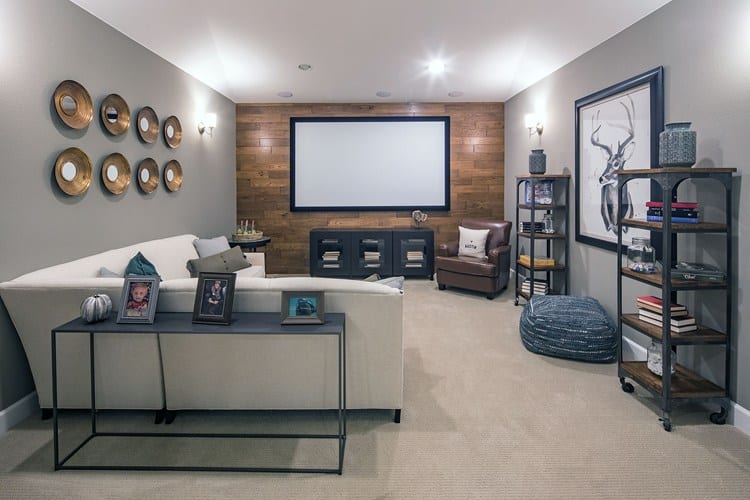
Just like the decisions you make when building your new home, the answer lies in the infrastructure — the technology infrastructure.
The Network
A well-functioning wireless network will be the next necessary feature of your home. Think of all the connected devices in your house already: smartphones, tablets, TVs, streaming devices, Blu-Ray players, gaming consoles, printers, computers and maybe even your latest home appliance, like a refrigerator or washing machine. Much as having a solid foundation for the house is important, so is a network that all of these devices can depend on and still be able to withstand cyber attacks.
According to the Cisco, “[m]ore things are connecting to the Internet than people — more than 12.5 billion devices were linked to the Internet in 2010 alone.” And Cisco’s Internet Business Solutions Group (IBSG) predicts that some 50 billion devices will be connected by 2020. That’s a lot of connected devices. So many devices can cause systems to get bogged down and run slowly if your system is not properly prepared for such a load.
To eliminate networking problems, your network should be centrally located. Routers (usually supplied by your cable or wireless provider) should be located in the basement, not in the home office, as had previously been the thinking. From there, you can run a cable to each floor to allow the addition of a wireless access point (WAP). This unit is usually the size of a smoke detector and will extend your wireless signal to each floor of the house, providing you the wireless coverage you’ll need. Of course, a wired connection is always better and more secure, but since running a wire isn’t always possible, making sure your wireless infrastructure is in place is crucial.
With more and more devices coming online, you’ll be happy you invested in a robust system. It may be hard to dole out the dollars now for this seemingly invisible system, but when your friends are unable to stream a Netflix video or are frustrated by busy networks, you’ll be happy you made the preemptive leap and you’ll be ready to take on the next great tech product.
Video
Now that you have the infrastructure in place for your wireless network, let’s talk about the physical wires you’ll want to run in order to support video coverage across your home. Talk to an installer about conduits that will allow for future wire runs that will accommodate your TV needs.
If you’re going to mount a flat screen on the wall, you’ll need a plan for your cable/satellite boxes and power. We recommend a recessed outlet (also known as a clock outlet) behind any flat screens. Having a recessed outlet allows the TV to be mounted closer to the wall, and with TVs now only a few inches deep, you’ll want it as close to the wall as possible.
Cable boxes can be dropped into the basement in a central location or they can sit just below the TV in a cabinet.
Music
A few years ago, if someone asked me about installing wireless audio I would have immediately turned them down. Today, it’s a different story. There are some really good products on the market that will allow you to achieve quality sound without heavy wiring. However, if you’re a fan of music throughout the home and you’re currently in the process of building, talk to your builder about running wires to each room. Again, wired is always better, as it reduces the chance for interference.
Sonos makes good wireless systems for those who are already past the stage of wiring within the walls. Sonos systems are so much more than just wireless audio systems — they enable users to easily stream audio from the Internet. You can play different audio in different rooms, control the rooms independently or play the same thing throughout your entire house.
And Sonos isn’t the only game in town; there are others on the rise. There are certainly other companies that make wireless speakers that plug in and speak wirelessly.
My best recommendation would be to find a good home technology dealer to help you find the best system for you and your budget. A great place to find a professional is through the Custom Electronic Design & Installation Association’s “Find a Professional” resource. From there, your imagination (and maybe your budget) is your only limit!

Heather L. Sidorowicz is a technology integrator (tech speak for someone who knows how to install really neat tech stuff in your home and make it look simple) and a blogger for a home electronics trade magazine.

 Aging-in-Place Ideas for Your Bathroom
Aging-in-Place Ideas for Your Bathroom